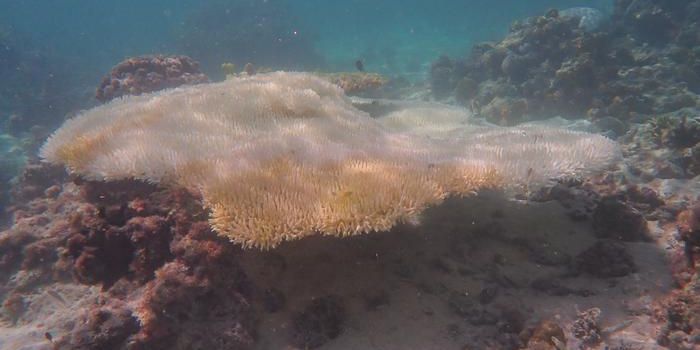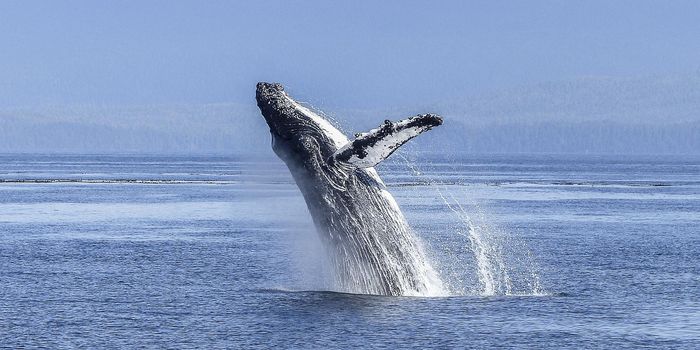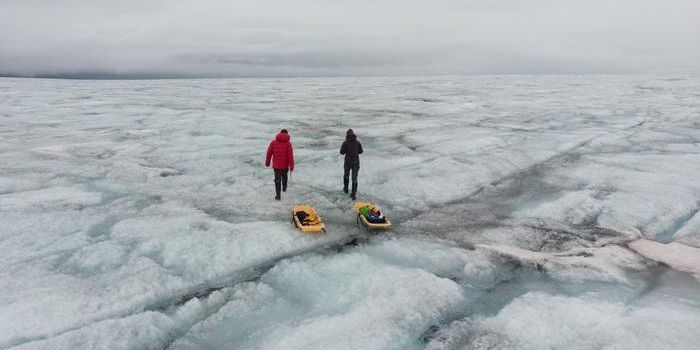This Day in Science: Mount St Helens Eruption Anniversary
Volcanic eruptions are some of the most awesome spectacles in nature, as watching the interior of the planet we live on literally spill out onto the surface brings awe from all walks of life. But while volcanic eruptions can be beautiful to witness, we must not forget their obvious dangers to human life. These dangers include hot, dangerous gases, ash, lava, and rock that are all powerfully destructive. Additional threats include floods, mudslides, power outages, drinking water contamination, and wildfires. Post-eruption health concerns include infectious disease, respiratory illness, burns, injuries from falls, and vehicle accidents related to the slippery, hazy conditions caused by ash.
These dangers became reality on May 18, 1980, when Mount St Helens, stratovolcano located in Skamania County, Washington in the Pacific Northwest region of the United States, erupted and triggered the largest landslide ever recorded. This eruption was the culmination of thousands of small earthquakes, venting steam, and a growing bulge that protruded 450 ft (140 m), which was a clear indication that magma was rising within in the volcano.
At 8:32 am local time 42 years ago today, a 5.1-magnitude earthquake shook the mountain, triggering a massive landslide and subsequent blast that collapsed the mountain’s northern face. Along with the magma, the resulting ash plume reached a towering 80,000 feet (15 mi, 24 km) that blanketed the surrounding region. Within five to nine minutes, the destructive blast completely destroyed an area of 230 square miles. Fifty-seven people were killed from the eruption, including volcanologist David A. Johnston and photojournalist Reid Blackburn.
The aftermath of the eruption resulted in the entire summit of Mount St Helens being completely gone, along with obliterated forests and new river courses. With this enormous destruction brought creation, as 150 new lakes and ponds were formed, along with new ecosystems, where later studies have revealed extremely diverse habitats and unique biological communities.
Since its historic eruption, Mount St Helens has become of the most foremost and studied volcanology projects in the world, and researchers continue to send samples and specimens to libraries across the nation for future scientists to study. The purpose of studying this site is to learn how ecosystems adapt and overcome such enormous disturbances, and how we can plan for the future.
As always, keep doing science & keep looking up!
Sources: Centers for Disease Control and Prevention, EarthSky, US Dept of Agriculture








